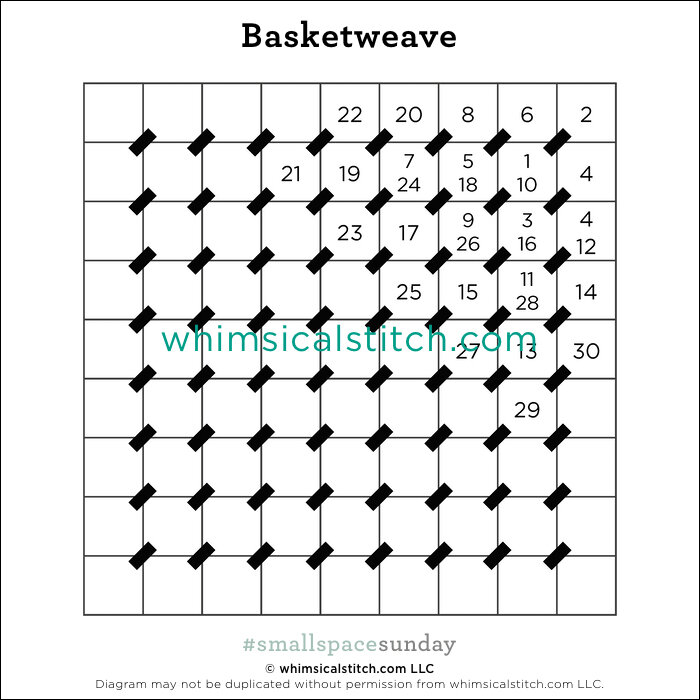It is highly likely you already know that leaf stitches make fabulous stitches for birds. While there are a ton of leaf stitches, I selected two for you.
The first is what I consider a classic leaf stitch and works beautifully on the chest of a feathered friend.
It's elegant and dramatic. A lightly overdyed silk or wool works well here. Pair it with a matching solid colored silk or wool for the face and you are off to the races.
The next stitch is a smaller leaf stitch, perfect for a wing. It's illustrated in all the possible angles, showing how you can emphasize the direction of a wing.
For a lighter touch, add an empty row in between leaves. This is a great way to show off the shading. You can also take it one step further and add a sparkly accent, such as a bead.
These stitch diagrams, along with all other #whimsicalwednesday and #smallspacesunday stitch diagrams, can also be found on a Pinterest board here.
Be sure to follow whimsicalstitch.com on Facebook, Pinterest, Instagram, and Twitter.
If you like what you see on this blog, want to learn some very creative decorative stitches, and how to put them all together, whimsicalstitch.com sells stitch guides for seasonal Melissa Shirley designs. 27 guides are currently available and more are in the pipeline.
Enjoy!























